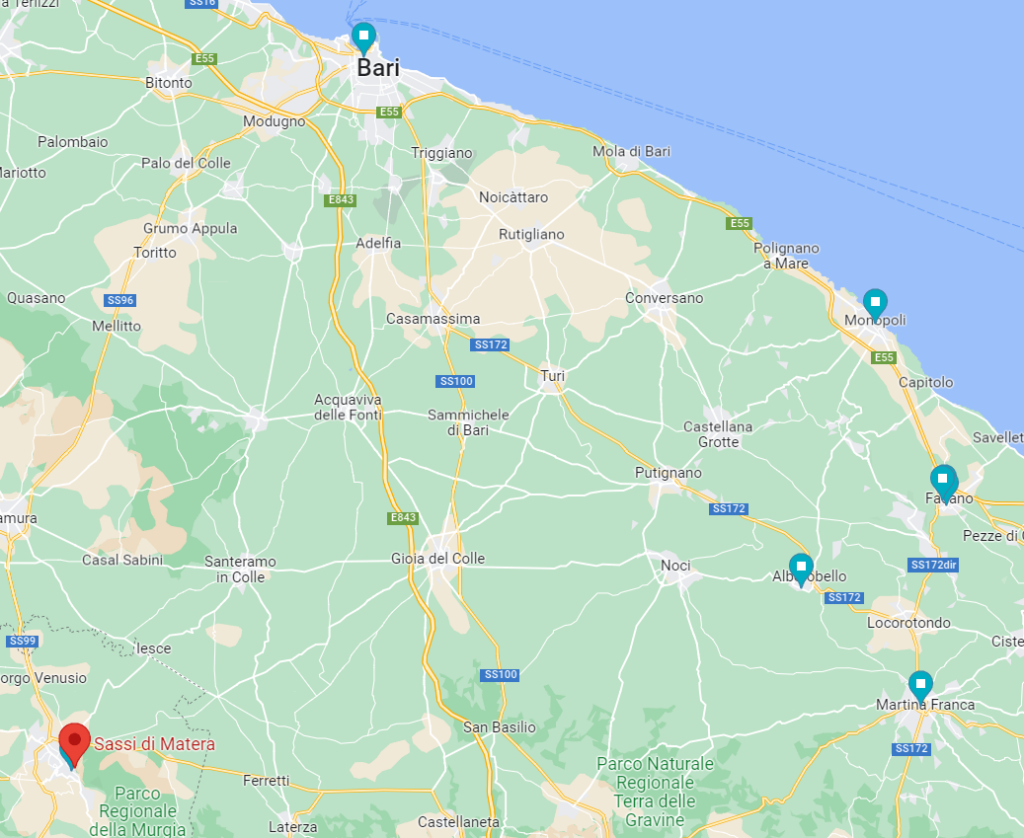I’ve stopped using ChatGPT.
Well, not entirely… but I haven’t hit it in several weeks after the month-or-so ago pledge that I made promising, personally, that I’ll only use it for absolute emergencies when search fails me. And I hesitate even in those situations. (The last time I used it was for a SQL query that confounded me. It answered perfectly and I now understand how to solve that particular RDB situation.) My Mastodon feed is full of LLM haters who arrived at their position primarily because they think it produces too much garbage. Of those haters, 99% just misunderstand or misrepresent the capabilities and limitations–likely because our society is the Wild West of over-promising new technology–and the haters have taken to quoting the most absurdly iconoclastic views. In a word: insincere. There is a reasonable approach to take to approach reasonably new tech that is out there.
Continue reading Generative energy